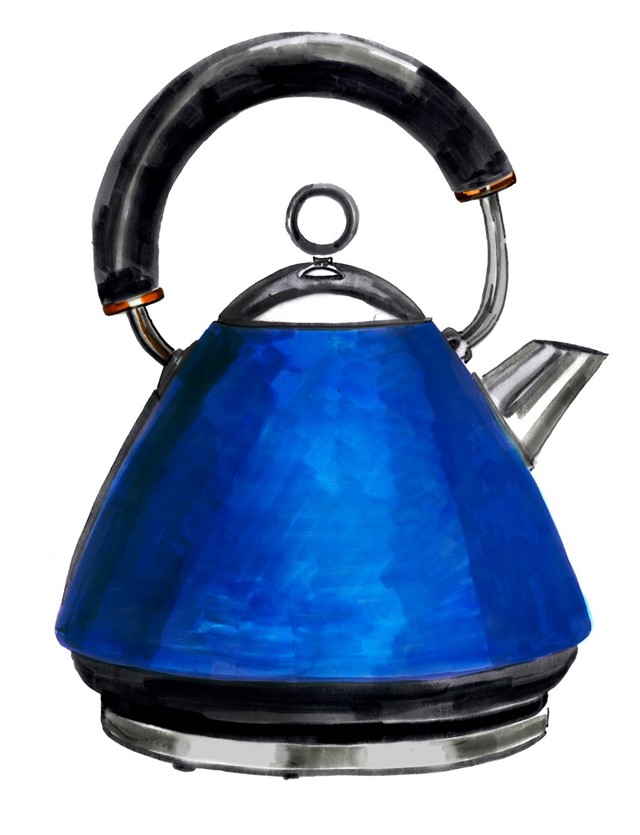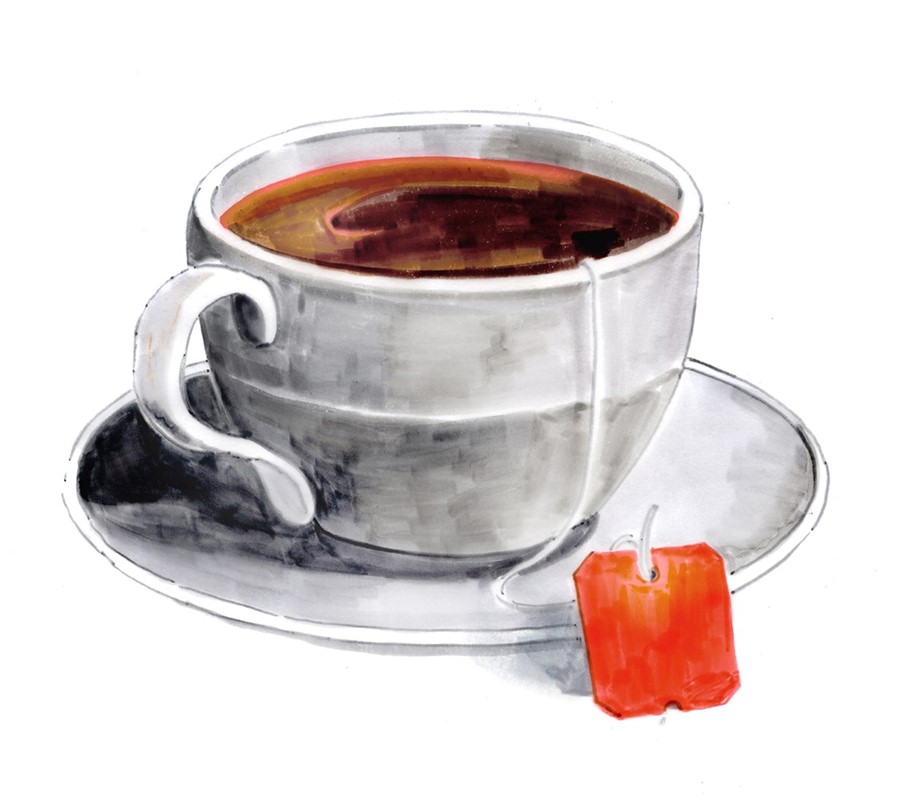As the curtains open on London Fashion Week, we reveal the dos and don'ts of proper British tea drinking
“Tea! Bless ordinary everyday afternoon tea” wrote Agatha Christie in her famed 1939 novel And Then There Were None, neatly summing up the sentiments of many a British man and woman. In our humble opinion, there’s rarely a problem that tea can’t solve. If it’s cold, tea will warm you; if you’re sad, tea will comfort you; if you’re tired, it will re-energise... and so on.
On a day-to-day basis, most of us are perfectly happy with your standard, made-in-a-mug “builder’s tea,” but for more momentous occasions, nothing beats the ceremony and taste of proper afternoon tea. Here, in honour of London Fashion Week, we look at the history of Britain’s fascination with brew and the essential rules for appropriate tea drinking etiquette.

The History
While today tea is synonymous with British culture, it is in fact thanks to the Portuguese wife of King Charles II, Catherine of Braganza, that it first became fashionable this side of the pond. A fan of the drink from her childhood, the princess introduced the concept of teatime to the royal court upon her arrival in England in 1662. The tradition quickly spread among the aristocracy before filtering down to the middle classes, and before long it became a popular drink of choice in London’s coffee houses (rather ironically). Coffee houses, however, rarely admitted women, so a number of savvy businesses began selling tea leaves for men to purchase on their wives’ behalf and take home – and it was then that the tea party was born, intricate china pots, silver tea kettles, dainty cups and all.
By the 18th century, the Brits had decidedly taken to tea, but it was still an expensive luxury which few apart from the very wealthy could afford. Enter the tea smugglers: vast networks of duty-dodgers bringing brew to the masses (it was estimated that more tea was brought into Britain illegally at this time that it was legal). Soon the beloved beverage had found favour nationwide, among every strata of society and by the 19th century, tea shops had sprung up all over Britain, frequented regularly by both men and women. Nevertheless, tea was most popularly drunk at home for breakfast and (by the mid-1800s) in the mid afternoon. The afternoon tea ritual for which Britain is now renowned was allegedly conceived by Anna Maria, wife of the seventh Duke of Bedford, in 1841 when she began drinking tea, accompanied by a modest bite to eat, to stem her hunger between lunch and dinnertime. Cut to the 1860s and half of society had jumped on board, viewing teatime as a brilliant excuse for scoffing scones.
Thereafter the Brits didn’t look back, tea becoming so much a part of our everyday lives that during the first and second world wars it was rationed, with supplies evacuated to the countryside. In 1946, George Orwell published an essay in the Evening Standard naming tea “one of the mainstays of civilisation in this country,” a belief which has firmly stuck.

The Rules
Now down to the teatime essentials. First and foremost, the tea itself. While we’re all very grateful for the ease of teabags (introduced in Britain in the 1950s), proper tea etiquette calls for proper, loose-leaf tea – Darjeeling traditional afternoon tea is best.
In terms of brewing there are several important steps to ensuring the perfect cup. Number one: use freshly drawn, cold water poured straight from the tap to the kettle (the aeration is key). Bring the kettle to a gentle boil before removing from the heat. Next, you must, must, must heat the pot and cups (yes, we sound like your elderly great aunt but by pouring a small amount of hot water around each vessel and tipping it away, the temperature of the tea won’t be affected by the cold crockery). Now add the correct amount of tea to the pot (for black tea this is one to two teaspoons per person) before pouring over the water and allowing to stew for two to three minutes. Finally, pour directly into the cups using a tea strainer (traditionally, one person is elected ‘tea pourer’ to dish out the drink for everyone).
Much fuss has been made about whether to put in the milk before or after pouring; originally, you would put the milk in first to stop the delicate bone china from cracking but nowadays it’s a matter of preference. To drink correctly, use a tea cup with a saucer, hold the cup by the handle and do not slurp or raise your little finger (ridicule will ensue). Serve tea with crustless sandwiches (cucumber, egg and cress and salmon are solid choices), cake and scones accompanied by cream and jam.
The One-Stop Shops
London is a hub of fantastic tea specialists, with new tea houses and producers cropping up every month owing to a burgeoning demand for real tea, served authentically. Therefore, these recommendations come with a footnote to seek out new places too. For an exceptional, all-stops-out afternoon tea, Claridge’s is difficult to beat. With tea specially sourced globally by in-house tea connoisseur Henrietta Lovell, delicious scones, sandwiches and warm pastries, and art deco surroundings to die for, it is the dream location for whiling away an afternoon. For a modern tea experience, Good and Proper Tea (with a cafe on Old Street and a van at Brockley Market on Saturdays) promises an extensive selection of amazing sustainably sourced teas, each served according to its correct temperature and brewing time (founder Emilie Holmes is a stickler for detail). Finally for those who find themselves in the vicinity of Kew Gardens, be sure to stop by Maids of Honour, a beautiful tea shop just next door, which has been in specialising in tea since the 1850s. It takes its name from its famous tart – the Maid of Honour – the secret recipe and melt-in-the-mouth flavour of which still brings crowds flocking.
